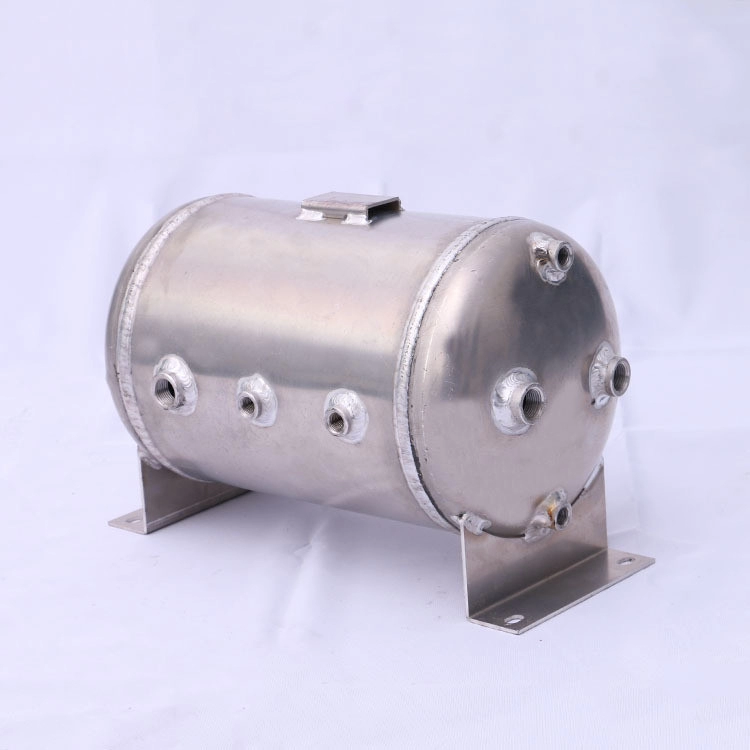
Corrosion in stainless steel liquid storage tanks costs industries billions yearly. Surprisingly, many failures stem from overlooked basics rather than complex issues. For example, chloride-induced stress corrosion cracking (CISCC) accounts for nearly 50% of all stainless tank failures in chemical plants [Industry Report 2024]. Let’s uncover practical prevention strategies.
Many assume any stainless steel suffices. Big mistake! In our 2025 dairy processing project, we discovered 304 tanks corroded within 18 months due to lactic acid exposure. Switching to 316L with 2.5% molybdenum increased lifespan by 7+ years.
| Criteria | 304 Stainless | 316L Stainless |
|---|---|---|
| Corrosion Resistance | Good for mild environments | Excellent (adds Mo) |
| Chloride Tolerance | < 200 ppm | < 1000 ppm |
| Cost Difference | Baseline | 20-30% higher |
| Best For | Water, non-corrosive liquids | Chemicals, saltwater, acids |
Here’s a pro tip: New tanks aren’t corrosion-ready! All stainless steel liquid storage tanks require passivation – a chemical treatment removing free iron particles. Skip this, and you’ll see rust spots within weeks. The ASTM A967 standard outlines three proven methods:
Never use hydrochloric acid (HCl) cleaners on stainless steel! Chlorides penetrate passive layers, creating microscopic corrosion pits. Case study: A brewery tank failed after just 12 cleanings with chloride-based agents.
For tanks in harsh environments (seawater, high-chloride), consider sacrificial anodes. These zinc or magnesium blocks corrode instead of your tank. Interestingly, combining this with organic coatings can extend tank life by 15 years. Properly maintained stainless steel liquid storage tanks become lifetime assets.
Install these low-cost sensors:
Data shows facilities using predictive monitoring reduce corrosion repairs by 68% [NACE Impact Report 2023]. That’s huge savings!
A Gulf Coast facility battled tank corrosion every 3 years. We implemented a 5-step protocol:
Result? Zero corrosion failures in 6 years. Their maintenance supervisor joked: “Our corrosion budget now buys coffee for the team!”